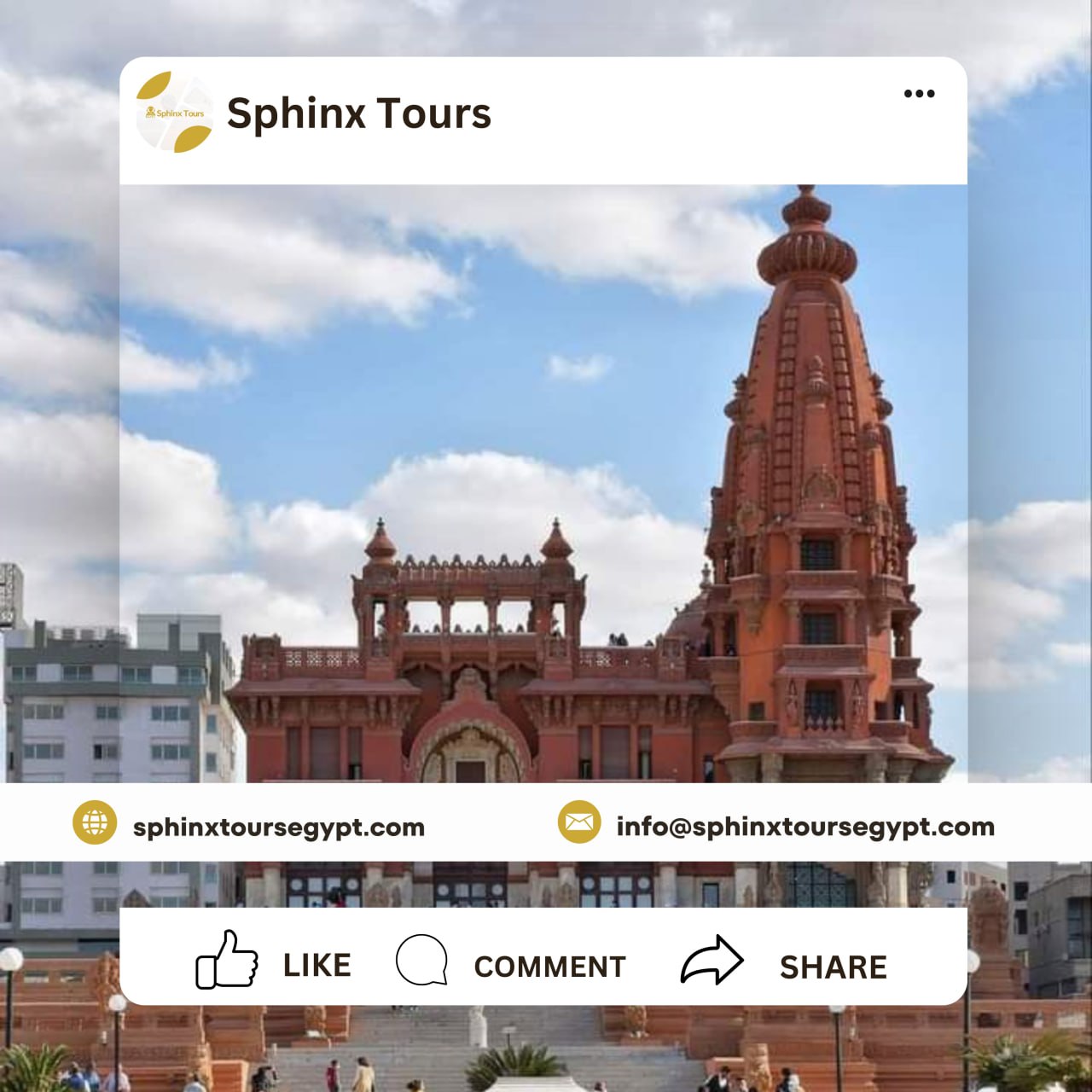Information about Baron Palace
The Baron Palace was built in 1912 AD. It is noteworthy that the owner of this building took the risk of building it in the middle of the desert, which was not inhabited by anyone, and there were no facilities or means of transportation in the area, but within a few years the area was transformed into the most famous areas in Cairo. It is worth noting that Edward Empain was a Belgian engineer, and he was distinguished by his intelligence, ingenuity, and wealth, which helped him establish a number of projects in different parts of the world. The King of France called him (Baron); due to his tremendous efforts in establishing the French Metro. The Baron died in 1946 AD, and his will was carried out, which stated that his body be burned in the Indian way, and his ashes be scattered in the garden of the Baron Palace, which he was proud of. Since his death, the palace has been neglected for many years, and its gardens have turned into a neglected land, and stories have become common about the palace as a place where goblins and ghosts live. It is an architectural masterpiece and a legendary palace that the sun never sets on its rooms. It is located in Heliopolis on the road leading to Cairo International Airport, specifically on Al-Oruba Street. It was built by the Belgian millionaire Baron Edward Empain when he came to Egypt from India after the opening of the Suez Canal. He was a famous architect who saved a lot of money and traveled to different parts of the world. When his ship landed on the shores of Egypt, he loved it and decided to stay there until his death. The idea of establishing the Baron Palace began when he suggested to the Egyptian government to establish a neighborhood in the desert east of Cairo and chose the name “Heliopolis”, meaning the city of the sun. He bought the land for one pound per acre due to the lack of transportation, facilities and services in the area. To attract people to this city, he assigned the Belgian engineer Andre Berchot the task of establishing a metro line in the city that is still operating to this day and is called the Heliopolis Metro. He also built a series of houses in the classic Belgian style with wonderful gardens over large areas in addition to a huge hotel in the city of Heliopolis. In this article, we will provide an accurate description of this masterpiece.
Palace description
The palace covers an area of 12.5 thousand square meters. It was designed by the French architect Alexander Marcel and decorated by George Louis Claude. It is a palace inspired by the Anko Wat Temple in Cambodia and the Hindu temples of Orissa. From the inside, it is small and consists of only seven rooms distributed over two floors. Its external balconies are based on statues of Indian elephants. Ivory is spread inside and outside the palace, and there are many statues of gold and platinum. The floor of the palace is made of original marble and alabaster. Inside the palace is a unique old clock that represents the time in minutes, hours, days, years, and changes in the phases of the moon and temperatures. The palace was designed in a way that the sun does not set on its rooms, so those inside can see everyone outside. It has a tower that rotates every hour to see everything surrounding the palace. The roof of the palace is like a park for holding parties, as it contains plant and animal drawings and can be climbed by a wooden ladder made of luxurious roses.
The palace after the death of the Baron
Since the death of the Baron in 1292 AD, the palace was neglected, its gardens turned into ruins, it became deserted, and problems arose between its heirs, until the Egyptian government issued a decision to include it in the Egyptian tourism and antiquities sector, which began the process of restoration and care to transform it into a museum or palace affiliated with the Egyptian presidency.


0 Comment